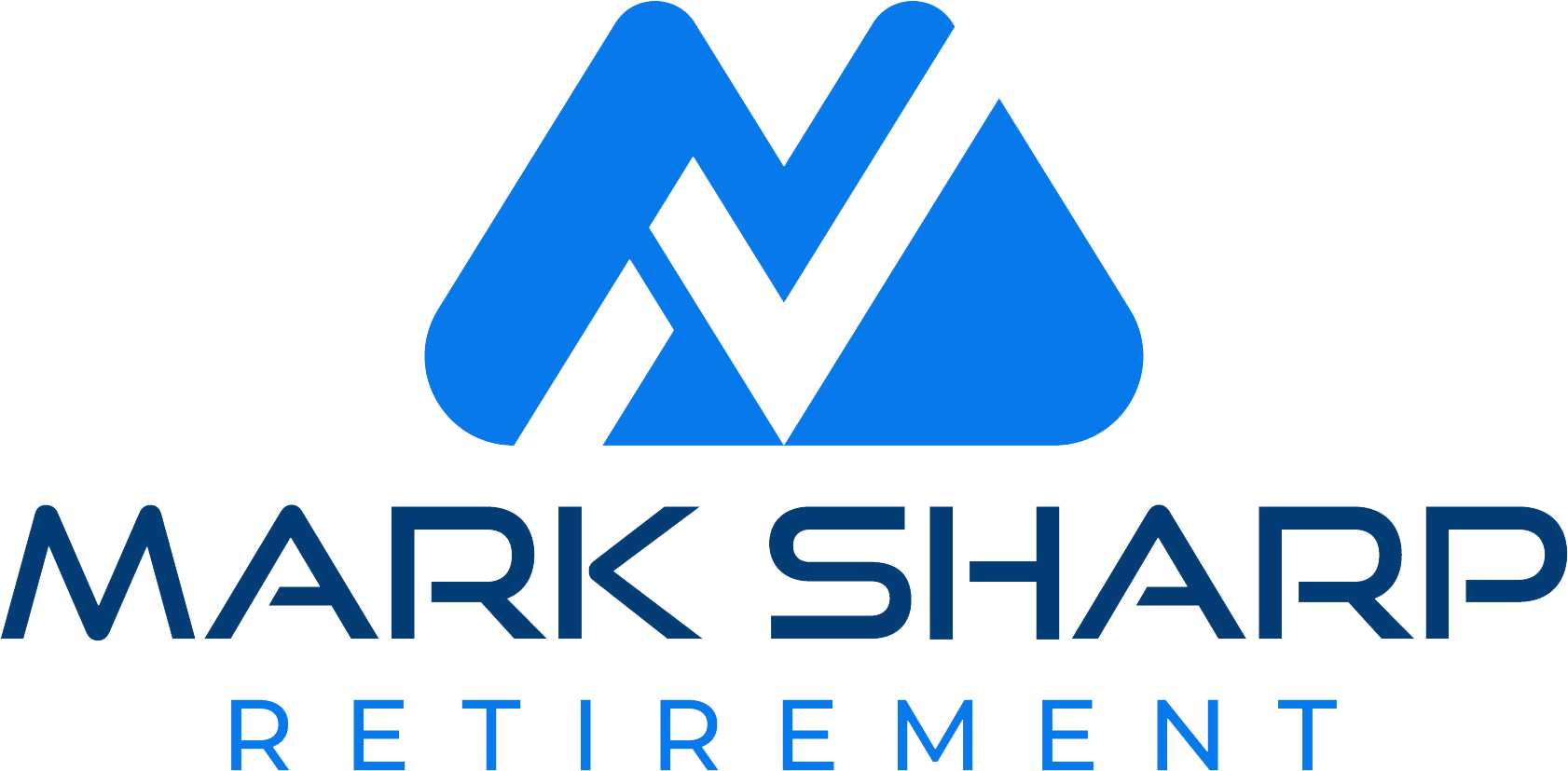
3-2-1 Retirement Newsletter (12-26-2019)
3 insights, 2 findings, 1 action (December 26, 2019)
5-minute read
Happy Thursday! And Happy Holidays!
I'm enjoying the week with friends and family. Wherever you are in the world, I hope you're surrounded by the people and things you love. (In this message, I'll do my best to share some ideas you'll love too!)
3 INSIGHTS FROM ME
I. 5 key decisions you’ll face in retirement.
Deciding how much to save and the best places to invest those savings are not the only decisions you’ll need to make to ensure retirement security. There are other important decisions you need to make, such as when is the best time to retire, when to claim Social Security benefits, how to take pension distributions, how to pay for health and long-term care expenses, and how to turn assets into income. These decisions often get lost in the mix, but they are equally important to a successful retirement.
II. How to best use a 401(k) in retirement.
Pre-retirees and retirees don’t consider this nearly as much as they should. And that can have detrimental consequences on their retirement. While most take the lump sum option, roll it into an IRA and systematically withdraw funds for retirement income, the often ignored annuity option may be the better choice in many cases. The benefits of this option range from increasing the probability of not running out of money, as payments last for life, and decreased investment risk because benefits are not dependent on market performance to simplified financial management (portfolio management and withdrawal decisions), as payment amount and timing are automated.
III. Why are you investing?
Investing isn’t about getting huge returns – it’s a tool for meeting your financial goals. You don’t want to take any more risk than you need to. Investing solely for returns can lead to taking additional risks that undermine attaining retirement goals. Instead, investing for financial goals allows you to take only the risk needed to reach your goal. Retirement success depends less on getting outsize returns and more on meeting goals supporting retirement.
2 FINDINGS FROM OTHERS
I. Are Americans prepared financially for retirement?
A 2014 study measured whether retirees will have sufficient resources to meet average expenses and uninsured medical expenses in retirement. The study results indicated the retirement readiness ratio, which is the percentage of people that will have sufficient resources for retirement. The following percentages show those who are not (and are) at risk of a shortfall:
56.7 percent of Early Boomers (43.3 percent at risk)
58.5 percent of Late Boomers (41.5 percent at risk)
57.7 percent of Gen Xers (42.3 percent at risk)
Shortfall risk can be mitigated with these key risk management techniques:
Annuitizing a portion of a defined-contribution account balance can reduce longevity risk—reducing the shortfall risk for those who live too long.
Long-term care insurance can mitigate the risk of having a long-term care need.
II. Three reasons you should consider global diversification.
Think about what you’re missing. U.S. markets make up slightly more than half of the world’s equity and bond markets. Therefore, if you limit your portfolio to the U.S., you're missing out on the other half. This could have serious consequences for your portfolio and retirement.
Think about what you’re not missing. U.S. markets generally perform well, but that hasn’t always been the case. In many instances, U.S. markets have underperformed foreign markets over several decades. If you invest only in U.S. markets, you get all the down years and none of the foreign market up years. When you invest globally, you’re poised to capture the returns of the total market, not just a small sliver.
The high score doesn’t matter. By diversifying across both U.S. and non-U.S. markets, you might not have the best-performing portfolio, but you also won’t have the worst. Investing is a tool for meeting financial goals, not a contest to get the highest returns.
Source: https://retirementresearcher.com/a-world-of-opportunities-the-benefits-of-global-diversification/
1 ACTION FOR YOU
I. One task you must complete to successfully transition into retirement.
Well-established research indicates there are 15 developmental tasks you need to complete while still working to transition into retirement.
We’ll look at one of these tasks for our action item this week and reveal a new one each week.
The completion of these tasks does not suggest a person should retire. However, failing to complete the tasks will put a successful transition into retirement at risk.
This week’s task is related to work: You must formulate ideas about how much you would like to work in retirement.
Why this is important
it will quantify the amount and duration of anticipated work income
it will quantify the amount of any anticipated work-related benefits
it can impact Social Security and pension benefits
it will determine how and when other assets are used to support income needs
it can impact asset allocation decisions as continued work can support additional portfolio risk
WHAT'S NEXT?
Have a Question? Want to chat about it?
Until next week,
Mark Sharp, CFP® EA
